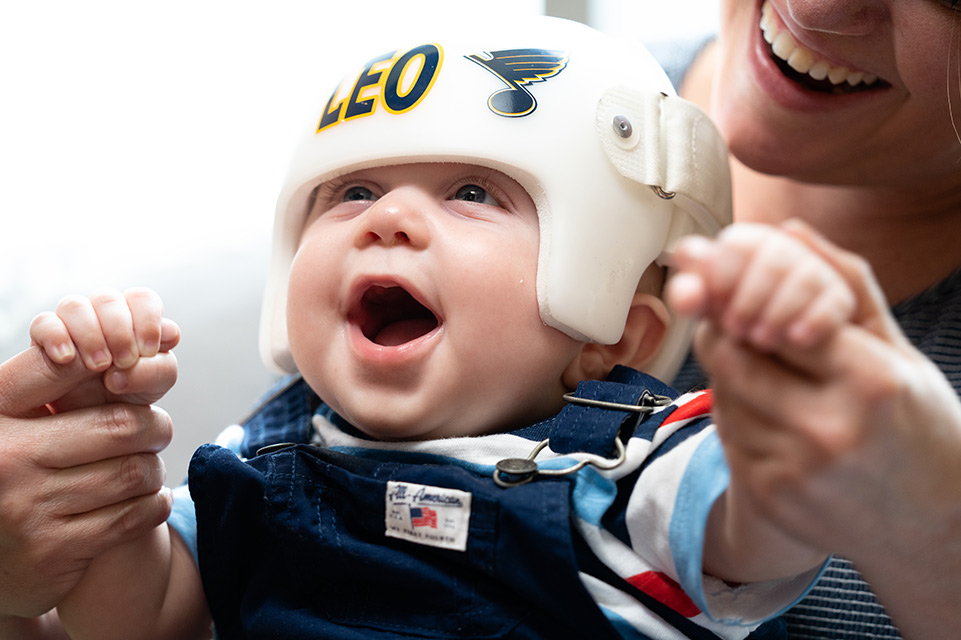Pediatric Orthotic and Prosthetic Services (POPS)
Shriners Children’s Pediatric Orthotics and Prosthetic Services, LLC (POPS) designs, fits and manufactures orthotics and prosthetics for children, from infants to teenagers to young adults.
These devices – including shoe inserts, braces, and artificial limbs (both arms and legs) – provide the support children need to meet their full potential and pursue their dreams, whether that’s swimming in a race, throwing a baseball, playing an instrument, or just keeping up with their friends.
Children are our only focus. We understand the unique requirements of their growing bodies and how those requirements change and evolve as children get older.
POPS is onsite at every Shriners Children's location. The close relationship between our staff and a center's medical staff allows us to work together to evaluate a child's needs and abilities. Using the information they gather, POPS experienced, accredited orthotists and prosthetists will create a custom device that's the most effective and least restrictive for a child, typically in days instead of weeks.
We support children with a range of genetic and acquired pediatric conditions and provide a full range of orthotic and prosthetic services, including upper and lower extremity prosthetic care, scoliosis bracing and pediatric orthotic services. Several of our locations can also provide cranial remolding helmets for the treatment of plagiocephaly. All POPS locations can complete device fittings and adjustments, as well as minor repairs, and emergency fabrications when they're needed.
A visit to POPS is more than measurements and mechanics. It’s about sharing hopes and dreams and providing the orthotic or prosthetic with the fit and function a child needs at that moment. We're devoted to designing braces, artificial limbs and adaptive devices, fitting upper and lower limb prostheses and orthoses with an emphasis on exceptional fit, comfort and appearance that improve function and mobility, reduce pain and allow children to live life more independently.
For the teen attending a prom, that might be a prosthetic leg that slips into high heels. For a swimmer, it may be a prosthetic arm to perform the breaststroke. For the violinist, it could be an adaptive to grip the bow. In all instances, we want to maximize their abilities and their self-confidence, opening a new world of possibilities.
Here you can learn more about the pediatric orthotic and prosthetic services we offer and how to best prepare for a visit to one of our local POPS facilities.
Specific treatments and services may vary by location. Please contact a specific location for more information.
The Difference Between Orthotics and Prosthetics
Orthotics (also called orthoses) are custom braces that support and protect a part of a child’s body. These stabilizers can range from a custom insert in a shoe to a full-leg or trunk brace.
Prosthetics (also called prostheses) are also custom. They replace a limb or extremity that may have been absent at birth, an amputation from trauma, or an amputation as a result of a disease. Prosthetics can range in size and complexity, from a foot or hand to a complete arm or leg.
Devices POPS Provides
Using noninvasive, advanced computer aided design (CAD) and manufacturing (CAM) technologies, we’ll collect detailed images of your child’s limbs, extremities and/or spine, and at some locations, their head. We then modify those 3D images and send them electronically to one of our two fabrication centers, one on each coast, where we manufacture the device using the most advanced materials. The completed device is sent back to POPS, where it's custom fitted to your child.
The technology, along with the skills of our orthotists and prosthetists, allow us to fabricate exact pediatric orthotics and prosthetics that consider a child’s specific needs and body mechanics. Because we build all the pediatric specialty orthotics and prosthetic devices listed below in two facilities, we can easily apply all we’ve learned from all the devices and orthoses we’ve built. As a result, your child gets a well-designed, accurate device, and often gets it faster, sometimes in days instead of weeks.
- Orthotics including FOs, AFOs, KAFOs, HKAFOs and RGOs (foot orthotics, ankle foot orthotics, knee ankle foot orthotics, hip knee ankle foot orthotics, reciprocating gait hip joint orthotics)
- Night-time stretching AFO
- TLSO - thoracic lumbar sacral orthosis
- LSO - lumbar sacral orthosis
- Body-powered myoelectric and upper extremity prostheses
- Boston-style scoliosis brace
- Providence-style scoliosis brace (nighttime)
- Endoskeletal and exoskeletal prostheses
- Variety of sports related prostheses
- Cranial molding helmets (at some locations)
Does your child have a favorite color, hobby or sports team? Many of the orthotics and prosthetics we build can be further customized during fabrication. Children can decorate the surface of their leg brace or limb sockets with a range of colors, cartoon characters, sports teams, princesses, camouflage, etc.
Understanding Your Child’s POPS Appointments
Many children visit POPS the same day they're seen by a Shriners Children’s doctor, which means no time lost scheduling another appointment or driving somewhere else.
Patients typically meet with multiple people at their first visit, including a prosthetist/orthotist, an occupational or physical therapist and a social worker. This multidisciplinary approach means your child, and you, are supported by a team that designs and executes the right treatment plan for your child.
Your Child's First POPS Appointment
Often, to fully understand your child’s needs and abilities, we’ll want to watch them walk, pick up items or perform other activities. In addition to bringing comfortable clothing – shorts, a T-shirt or tank top and tennis shoes – please bring your child’s existing device, if they have one, even if they no longer wear it or it doesn't fit. We’ll take a close look at it, watch your child put it on and adjust it, and discuss any issues that come up during normal wear.
Does your child play a sport or an instrument? What do they want to do? It’s extremely helpful for us to hear from those who interact with your child when they are, or are not, wearing a device. What do they do well? What do they have trouble with? Gather some notes, and your questions, and bring them with you.
Working together, our practitioners and your child’s medical team will determine the most appropriate device for you child. Often, measurements, scans and casts are taken and sent to one of our two fabrication centers the same day.
The Follow-Up
You’ll return with your child once the device has been made. This appointment, and sometimes additional visits, will allow us to properly fit and adjust the device to your child. During this visit, you and your child will also be instructed on a device’s proper wear and use.
Visit a Motion Analysis Center
Many Shriners Children’s locations have on-site motion analysis centers. Partnering with the motion analysis center team allows POPS to take advantage of their knowledge and the technologies they use. Working together often provides additional details and direction to better evaluate your child’s needs and the effectiveness of their device and make delicate adjustments to those devices.

Everyone in my school knows I wear a back brace. It’s really no big deal. I just want other patients to know that it’s OK to wear your brace. It could make a difference, like it did for me.

Pediatric Orthopedics: Specialized Care for Growing Bones
Conditions We Support
View All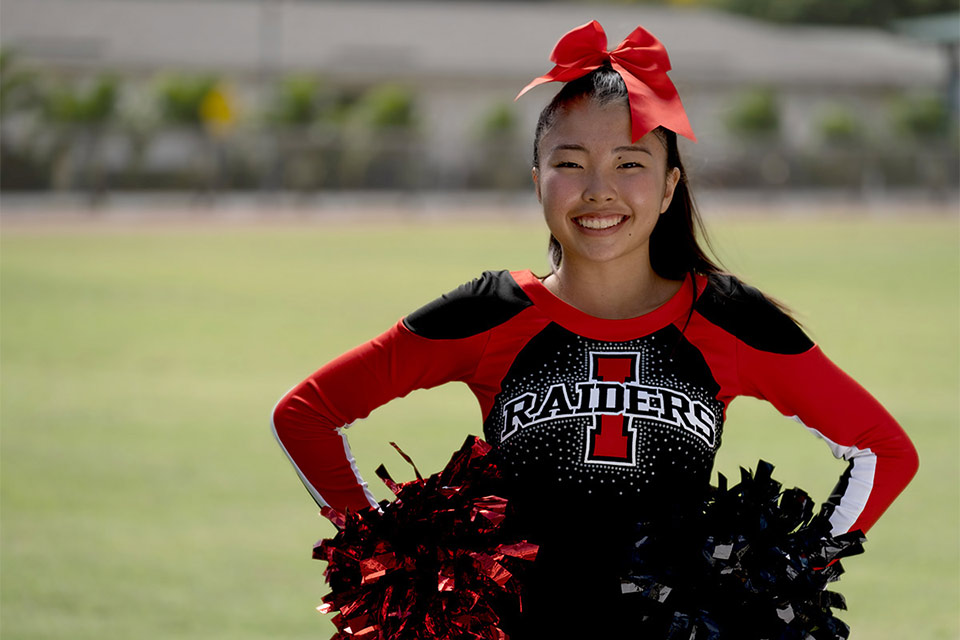
Clubfoot / Club feet
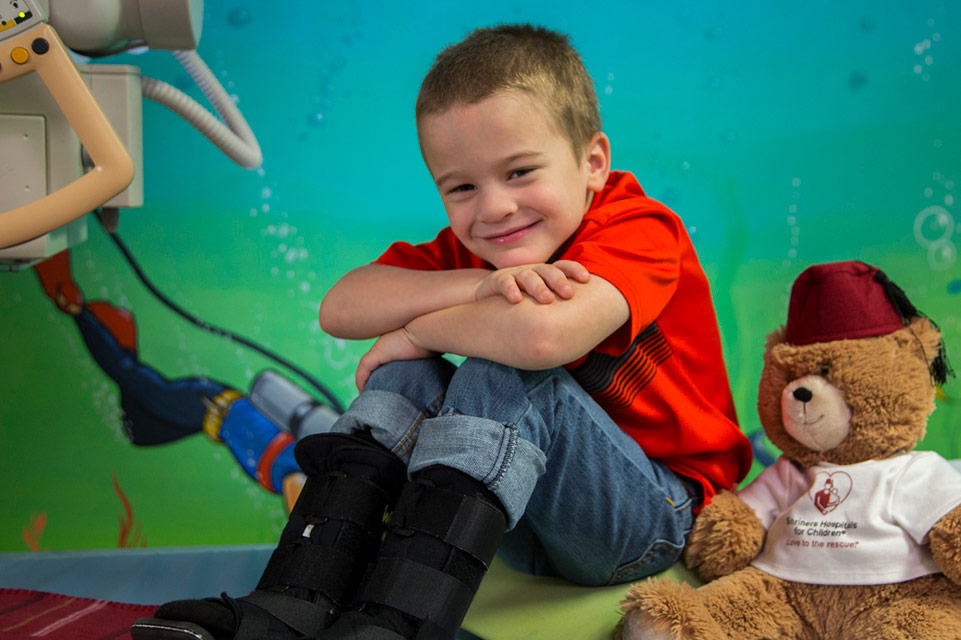
Pes Planus / Pes Planovalgus
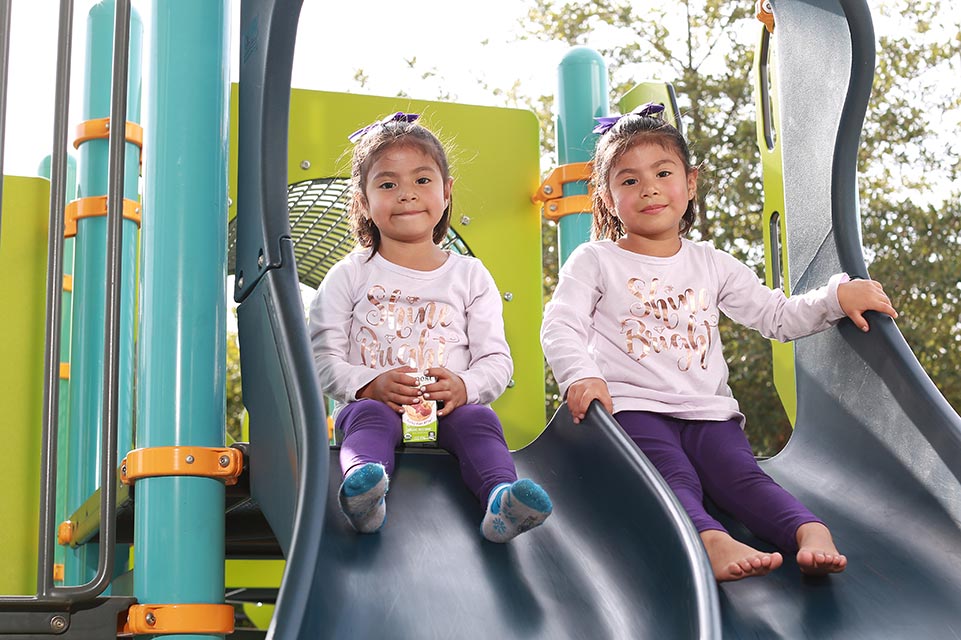
Spina Bifida
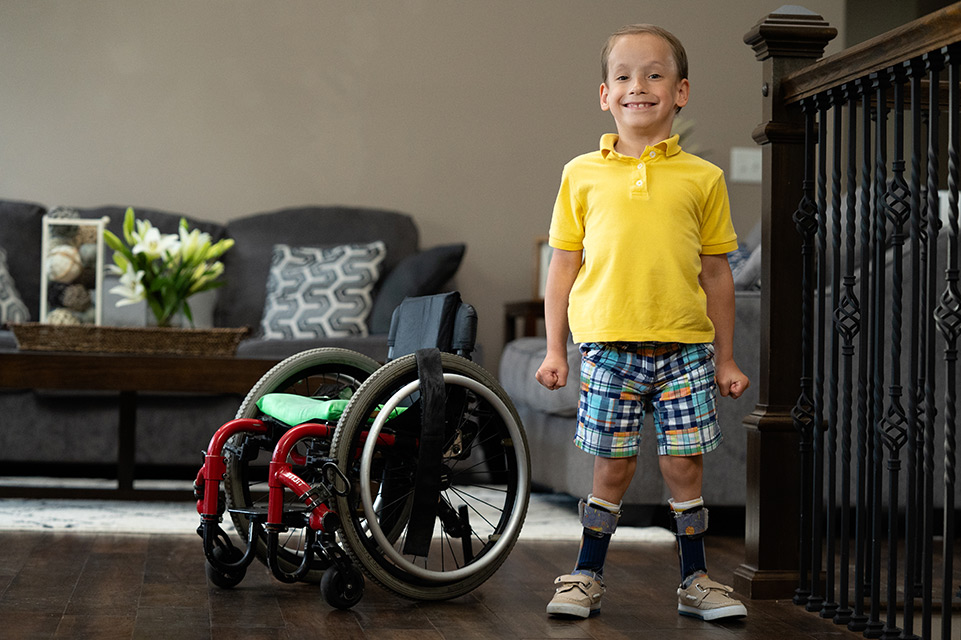
Congenital Neuromuscular Disorders
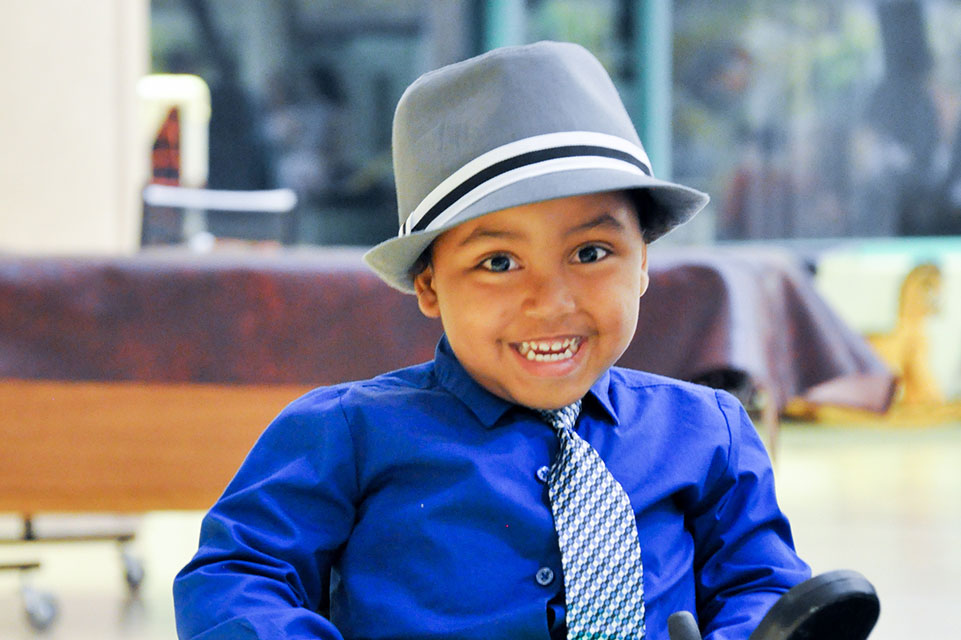
Limb Deficiencies
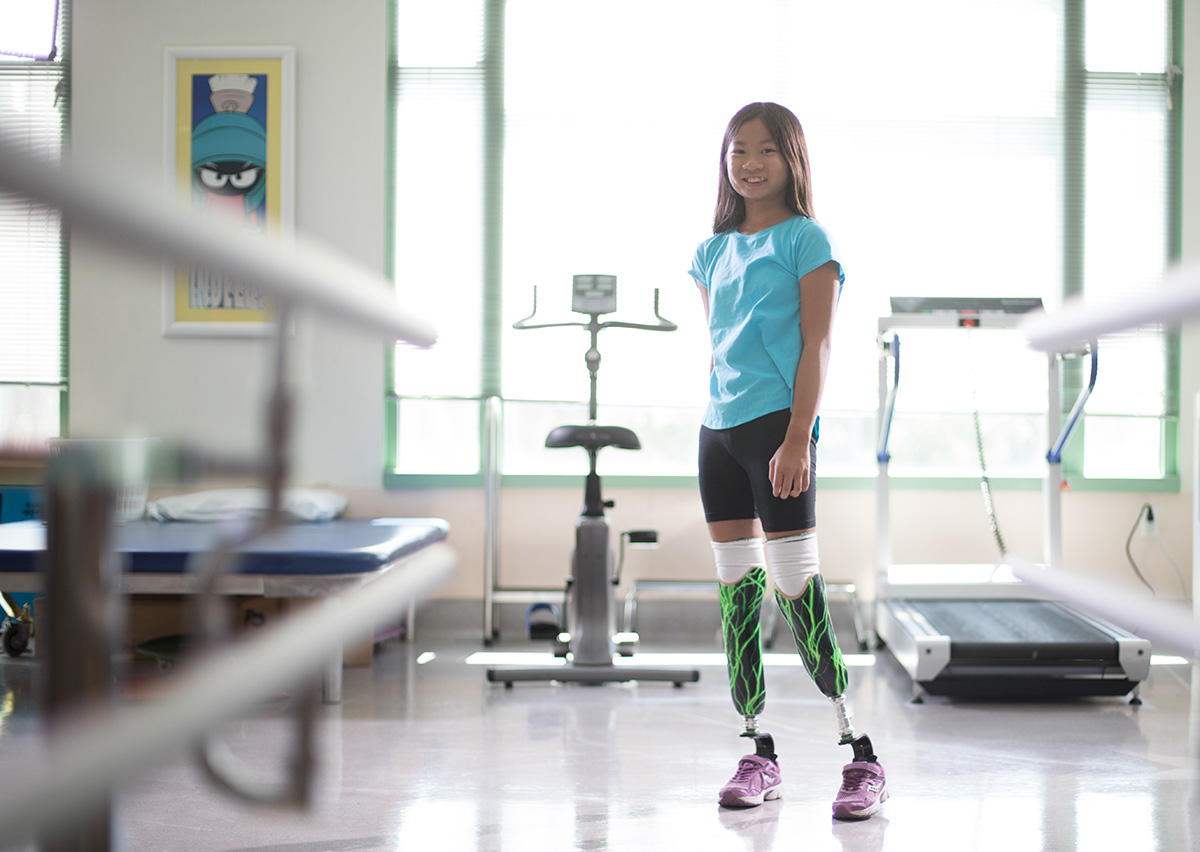
Spinal Cord Injury
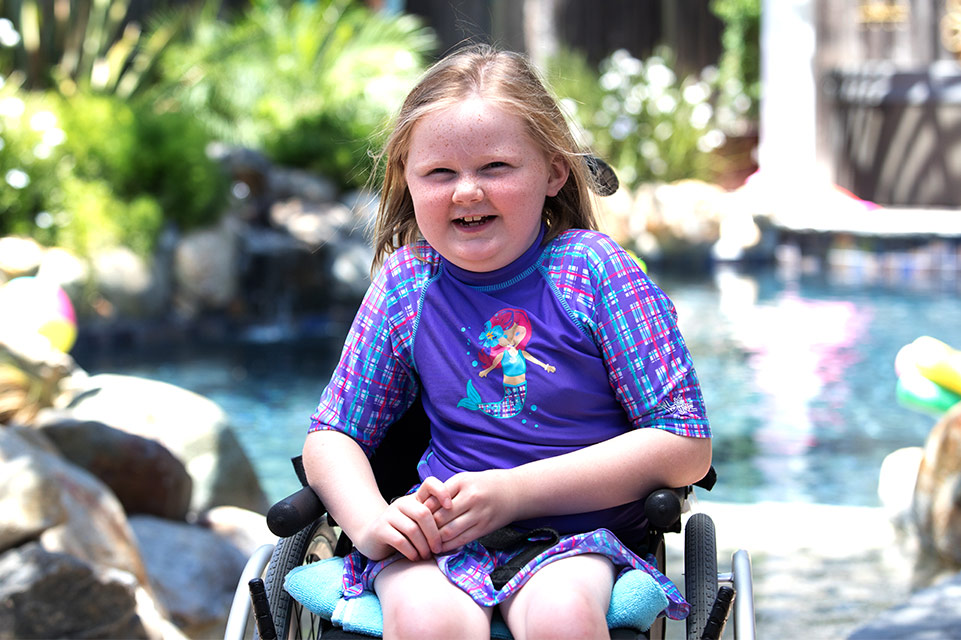
Plagiocephaly
